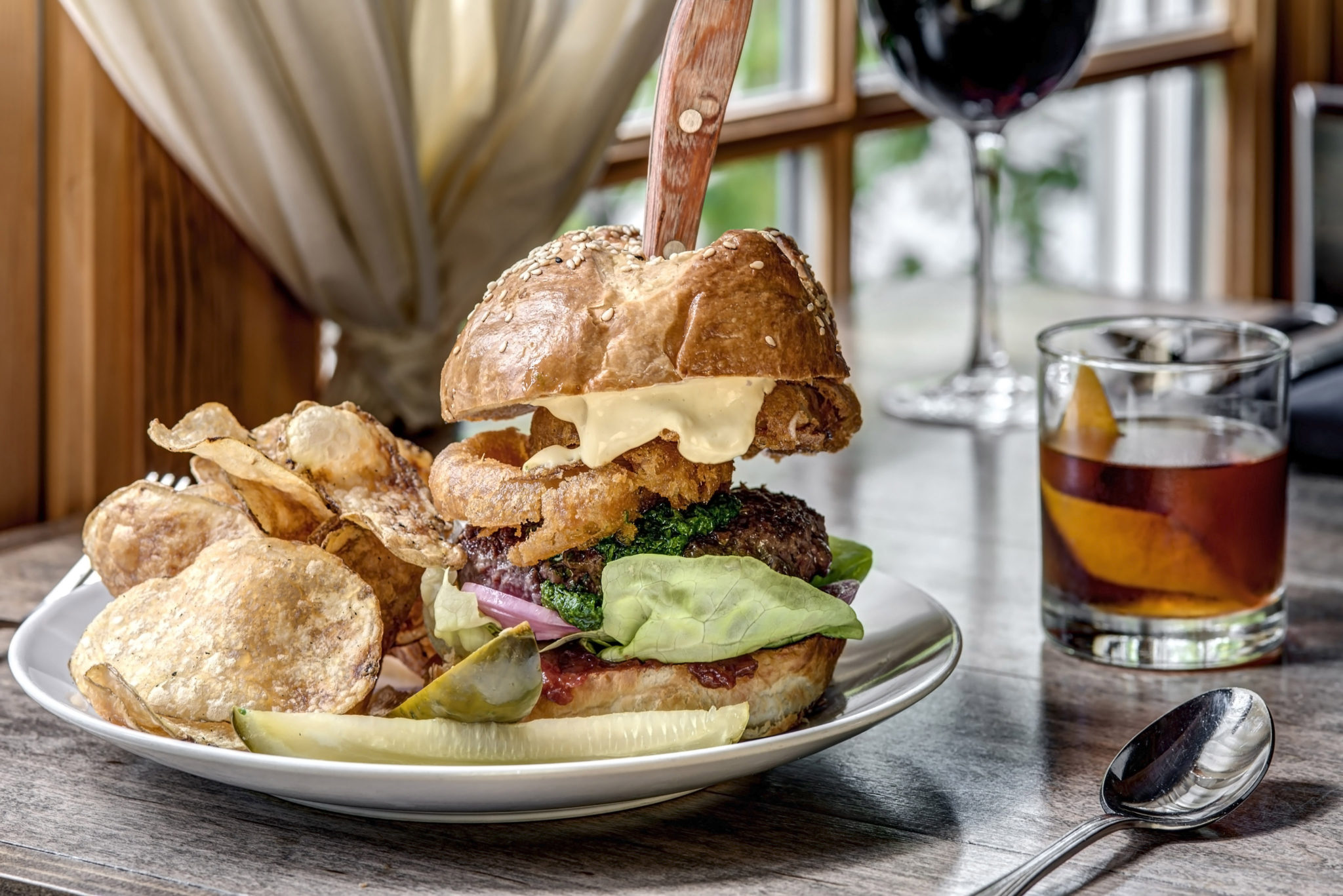The concept of a pub, a friendly tavern in your neighborhood to enjoy a few spirits and the company of friends, has existed for hundreds of years. Once popular across much of Europe, pubs everywhere have been closing down in recent years. The Morning Adviser explained that supermarkets are able to sell liquor at a much lower price, thus undercutting many pub owners.
“The gastropub concept first came about in the the 1990s.”
However, in the place of more traditional pubs, a new trend has risen up since the early 1990s: the gastropub. According to the U.K.’s Telegraph, the term was originally coined by entrepreneurs David Eyre and Mike Belben, and describes a bar serving high-end food and alcohol. This half bar, half restaurant setup has become quite popular. and Eater went as far as to call the hundreds of gastropubs a genuine American phenomenon.
Does life as a gastropub owner sound appealing to you? Do you want to try something new with your experience from culinary academy? Here are three tips for opening your very own gastropub:

1. Consider the beer
As the proprietor of a gastropub, your little establishment exists at a unique crossroad. The beer you serve is just as important as the food, and that’s why you need to consider the two simultaneously. Further complicating the issue is that most gastropub food is fairly straightforward – chicken, pulled pork sandwiches, chili, etc. – but made with artisanal ingredients. Keep in mind the following beer-food pairings (per CraftBeer.com) when creating your gastropub’s entire menu:
- Vegetable dishes: Dry stout.
- Shellfish: Belgian-style saison or German-style Hefeweizen.
- Grain dishes: Pilsner or amber lager.
- Game birds: Pale or brown ale.
- Rich meats: American-style Brett or Belgian-style Flanders.
- Braised meats: German-style bock or Baltic-style porter.
- Pork: Belgian-style dubbel or India pale ale.
“Your gastropub should be a local hangout for everyone.”
2. Location is crucial
For many people, the initial appeal of the pub is its proximity to home. You can wander down the street, enjoy a few pints and a snack, and then gingerly walk back to your place. As The Caterer explained, gastropubs should hope to serve the same role as neighborhood hangout. That’s why it’s especially important to consider the location before officially opening up your gastropub. You want somewhere that’s affordable, but access is key. Are you near a large residential hub? Or, are there other places of interest nearby, like a sports arena, to help you draw a crowd? If your patrons have to drive a long distance, or there isn’t direct access to the gastropub, they may not frequent it as often. Nearby public transit routes, be it bus or train, are always beneficial.
3. Reflect a sense of community
Tony Naylor is a food blogger with the U.K.’s The Guardian. In a column from 2009, he explained that one of the worst tendencies of many gastropubs is a distinct lack of creativity. He went on to explain that some of these eateries might throw in a TV or sofa, but otherwise they’re rather formulaic. The key, he revealed, is to draw a connection between the gastropub and its surroundings People need to equate your gastropub with their neighborhood or local community. As such, the interior of the gastropub should reflect that. It’s not just about the kind of food you serve, but also everything from the color scheme and artwork to the music in the jukebox and events held in the pub. If you make people feel like it’s their place, a part of their community, then they’ll bring friends and family for years to come.


